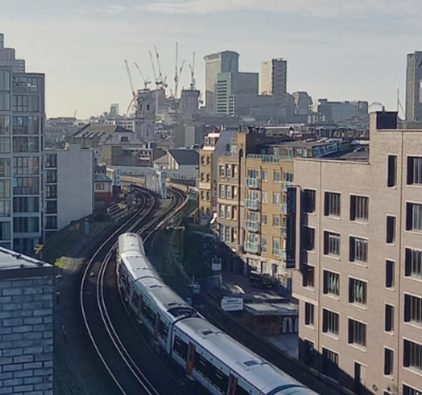
Updating your CV and applying for a job can be a daunting and time consuming process but it needn't be. Here are some do's and don't's which will help you create a good CV.
Be clear and concise
Your CV should have relevant information and be easy to read. If you worked for two weeks in a supermarket when you were 18, it propably isn't relevant information for a job as an Architect and will be more information for a hiring manager to read through than is necessary.
Format
The format of your CV is very important. You want the reader to be able to navigate your skills and experience easily and the format you choose can help or hinder this. At FOUND Careers we would recommend your CV be formatted in the following order:
· Name, Address, Email and Contact Number
· Profile - Try to keep this short and sweet and relevant to the job you are applying for
· Experience/Employment History - Include the name of the company you worked for, how long you worked for them and your position with your most recent role first
· Skills - Relevant Software knowledge and how long you have used them for
· Education - Include dates with your most recent qualification first
· Additional Information like hobbies, voluntary work, training courses, etc are optional
Focus your CV to the job you want
A lot of people send out CV's that haven't been updated with their recent work or expertise and this is to their detriment. Make sure your CV has all your most relevant skills and experience so you can maximise your chances for an interview.
If a job ad is looking for a Revit proficient Architect with large scale residential project experience which you have, you need to make that clear to the hiring manager. Make sure your Revit skills, your ARB / RIBA or equivalent qualifications are clearly listed and list the key large scale residential projects you have worked on so the hiring manager can clearly see you are someone they should reach out to.

Font
A candidate with a more visually appealing CV is more likely to be invited for an interview so choosing the right font is key. Comic Sans isn't going to cut it and using mutiple fonts in several colours and sizes is even more unlikely to result in an interview. Keep it simple and use font's like Calibri or Verdana which look professional and are easy on the eye.
Proof Read it
Once you have got your CV looking the way you want to read it or ask someone else to. If your CV doesn't read well, has typo's or mistakes then make the neccessary amendments before you start sending it out to job ads you like. Last thing you want is for there to be a very obvious and avoidable error which could cost you an interview.
Follow up
If you haven't heard back after a few days or a week, follow up. There is nothing wrong with showing you are keen to be considered for a role and this is often looked upon favourably by hiring managers. You will also get to discuss feeback on your CV directly so it really is a win-win.
Hopefully the above information is useful to you. Keep an eye on our resources page where we will share examples of what we think are good CV's and portfolio's in the coming weeks.
